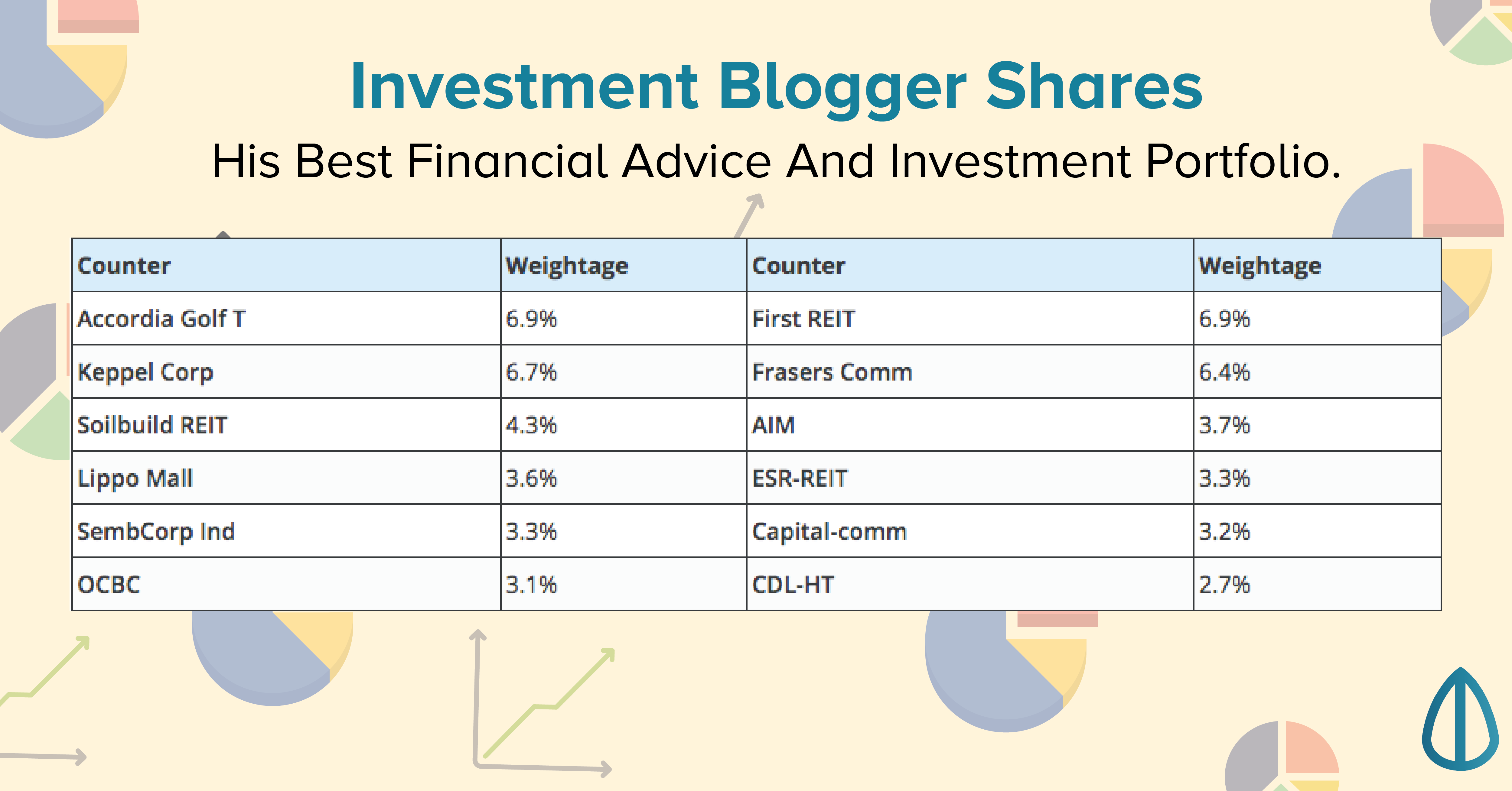Advertisement
How many stocks should a beginner have in his portfolio?
If you know which stock will do well in the future, the logical thing is to put all your money into this one stock. In reality, you don't know how to future will turn out so you hedge your bet by investing in several stocks. You hope that if one does badly the others do well enough to offset the bad one. You have a stock portfolio.
The more stocks you have in your portfolio, the lower the risk of losing money. But the more stocks you have, the lower the quantum of return.
For example, if you have $ 100 and you invest in one stock A with a 10 %, you will get $10. Now if the $ 100 is split equally into 2 stocks - A and B - each will have $ 50 invested. 10 % return for A will now be $ 5. To get a $ 10 return, you need B to also achieve a 10 % return. If B does less than 10 %, you will not get the $ 10 overall.
So there is a tradeoff between risk and return when deciding on the number of stocks to have The question becomes how many stocks do you hold? The question becomes a bit complicated because to benefit from diversification, you need all the stocks to be uncorrelated. It is tough to find all uncorrelated stocks.
And academic research doesn’t all give the same answer. The following are extracted from my book “Do you really want to master value investing?”
In their book “Investment Analysis and Portfolio Management”, Frank Reilly and Keith Brown reported that “…the major benefits of diversification were achieved rather quickly, with about 90 percent of the maximum benefit of diversification derived from portfolios of 12 to 18 stocks.”
“…a well-diversified portfolio of randomly chosen stocks must include at least 30 stocks for a borrowing investor and 40 stocks for a lending investor. This contradicts the widely accepted notion that the benefits of diversification are virtually exhausted when a portfolio contains approximately 10 stocks.” How many stocks make a diversified portfolio, Meir Statman, Jstor
“Increasing the number of imperfectly correlated securities in a portfolio reduces the range of its returns around the market return. Although the marginal reduction in range diminishes as the number of securities increases, holding 30 or more is worthwhile.” Portfolio Diversification Strategies, Roger B. Upson, Paul F. Jessup, and Keishiro Matsumoto, Jstor
The main challenges when interpreting such studies are:
• In real life, the correlations between stocks are not static.
• Many studies are based on a random selection of stocks. In practice, stock selection is not random.
• Many of the studies are based on the view of risk as volatility.
In practice, I target 30 stocks from various sectors, from different countries, and of different sizes when I construct my portfolio. I suggest that you start with this.
PS: I have infograhpics of the key concepts in my book that is available from https://www.i4value.asia/2022/08/do-you-really-...
Have a look there as there are several on stock portfolios
4
Discussion (4)
Learn how to style your text
Reply
Save
Could lead to 'diworsification' if it isn't done properly. Also very hard to keep track every quarterly earnings (not hard, but takes a lot of effort). I spend quite some time each quarter pouring through the earnings transcript, and I only own 8 stocks now. Tough to imagine doing it for 20 lol.
SPY / indexes are a good way to start out, before dipping toes into stocks.
Reply
Save
- Beginner should start with an index ETF
- Because most of the time when they are new, they do not ...
Read 1 other comments with a Seedly account
You will also enjoy exclusive benefits and get access to members only features.
Sign up or login with an email here
Write your thoughts
Related Articles
Related Posts
Related Posts
Advertisement









Thanks for sharing.